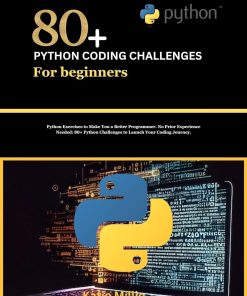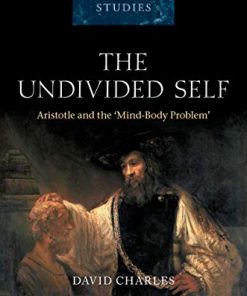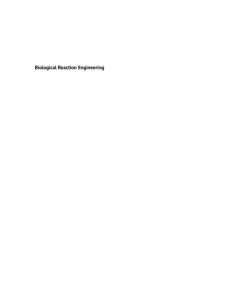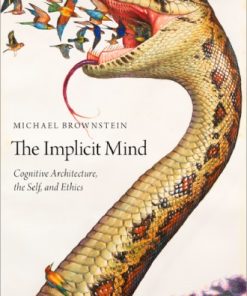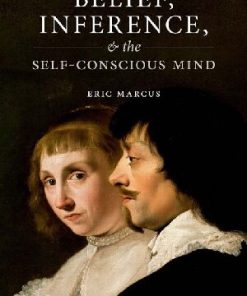Self-Consciousness and split Brains The Mind’s I 1st edition by Elizabeth Schechter 0192537515 9780192537515
$50.00 Original price was: $50.00.$25.00Current price is: $25.00.
Self-Consciousness and ’split’ Brains: The Mind’s I 1st edition by Elizabeth Schechter – Ebook PDF Instant Download/DeliveryISBN: 0192537515, 9780192537515
Full download Self-Consciousness and ’split’ Brains: The Mind’s I 1st edition after payment.
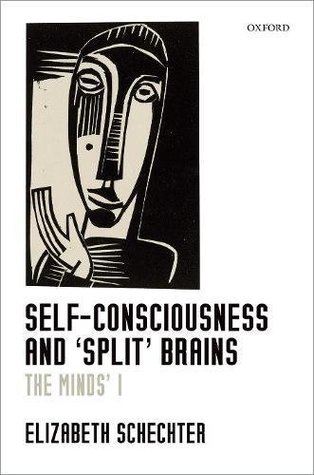
Product details:
ISBN-10 : 0192537515
ISBN-13 : 9780192537515
Author: Elizabeth Schechter
Could a single human being ever have multiple conscious minds? Some human beings do. The corpus callosum is a large pathway connecting the two hemispheres of the brain. In the second half of the twentieth century a number of people had this pathway cut through as a treatment for epilepsy. They became colloquially known as split-brain subjects. After the two hemispheres of the brain are cortically separated in this way, they begin to operate unusually independently of each other in the realm of thought, action, and conscious experience, almost as if each hemisphere now had a mind of its own. Philosophical discussion of the split-brain cases has overwhelmingly focused on questions of psychological identity in split-brain subjects, questions like: how many subjects of experience is a split-brain subject? How many intentional agents? How many persons? On the one hand, under experimental conditions, split-brain subjects often act in ways difficult to understand except in terms of each of them having two distinct streams or centers of consciousness. Split-brain subjects thus evoke the duality intuition: that a single split-brain human being is somehow composed of two thinking, experiencing, and acting things. On the other hand, a split-brain subject nonetheless seems like one of us, at the end of the day, rather than like two people sharing one body. In other words, split-brain subjects also evoke the unity intuition: that a split-brain subject is one person. Elizabeth Schechter argues that there are in fact two minds, subjects of experience, and intentional agents inside each split-brain human being: right and left. On the other hand, each split-brain subject is nonetheless one of us. The key to reconciling these two claims is to understand the ways in which each of us is transformed by self-consciousness.
Self-Consciousness and ’split’ Brains: The Mind’s I 1st Table of contents:
1. The Unity Puzzle
1. The Dual Brain
2. The Split-Brain Surgeries
3. The Unity Debates
4. Outline of Book
5. On Paths Not Taken
2. Subjects of Experience and Subjective Perspectives
1. The Question of Split-Brain Consciousness
2. Conscious Unity and Disunity
3. The Positive Case for the 2-Perspectives Claim
4. One Perspective Nonetheless?
5. Subjects and Subjective Perspectives
3. Dual Intentional Agency
1. The Question of Split-Brain Agency
2. Intentional Agency
3. The Positive Case for the 2-Agents Claim
4. Dual Agency and Disunified Behavior
5. Agents and Anthropomorphism
4. How Many Minds?
1. Identities of Split-Brain Psychological Beings
2. Distinct Candidate Thinkers in the Split-Brain Case
3. The Case for the 2-Thinkers Claim
4. Indirect Interaction and Psychic Independence
5. Mental Duality versus the Partial Unity of Mind
5. Objection from Sub-Cortical Structures
1. Objection from Sub-Cortical Structures
2. Direct Interhemispheric Interaction in the Split-Brain Case
3. Non-Discrete Minds
4. The “Split” Brain and the Duality of Mind
5. But Is It True?
6. Bodies and Being One
1. Unity and Necessity
2. Universal Plural Personhood
3. The Objection from Us
4. The Objection from I
5. S as the Object of Embodied Self-Awareness
6. The Self-Consciousness Objection to Any Reconciliation Account of the Split-Brain
7. Self and Other in the Split-Brain Subject
1. Self-Consciousness and Strict Self-Reference
2. I-Thoughts and I-Thinkers
3. Three Striking Features of Self-Consciousness in Split-Brain Subjects
4. Capacity for Self-Distinction
5. Subjective versus Objective Self-Reference
8. The Self-Consciousness Condition of Personhood
1. The Question of Split-Brain Personhood
2. Persons and the Interpersonal
3. R and L as One Interpersonal Agent
4. Objections to the Failure Argument
5. Objections to the Success Argument
9. Duality Myths
1. The Standard Explanation of the Split-Brain Sociological Phenomenon
2. Unity in Commonsense Psychology
3. Divided Minds and Duality Myths
4. Living Myths
5. R and L as They Are
Appendix
1. Visual Unity
2. Can Semantic Associations Transfer?
3. Unified Emotion and Affect
4. Unitary and Dual Attentional Systems
5. An at Some Level Unitary System for Motor Control
People also search for Self-Consciousness and ’split’ Brains: The Mind’s I 1st:
jesus self-consciousness
kant and the demands of self-consciousness
self-consciousness meaning in biology
self-consciousness meaning in hindi
national self-consciousness
Tags: Self Consciousness, split Brains, The Mind, Elizabeth Schechter
You may also like…
Politics & Philosophy - Anthropology
Politics & Philosophy - General & Miscellaneous Philosophy
The Implicit Mind: Cognitive Architecture, the Self, and Ethics
Uncategorized




